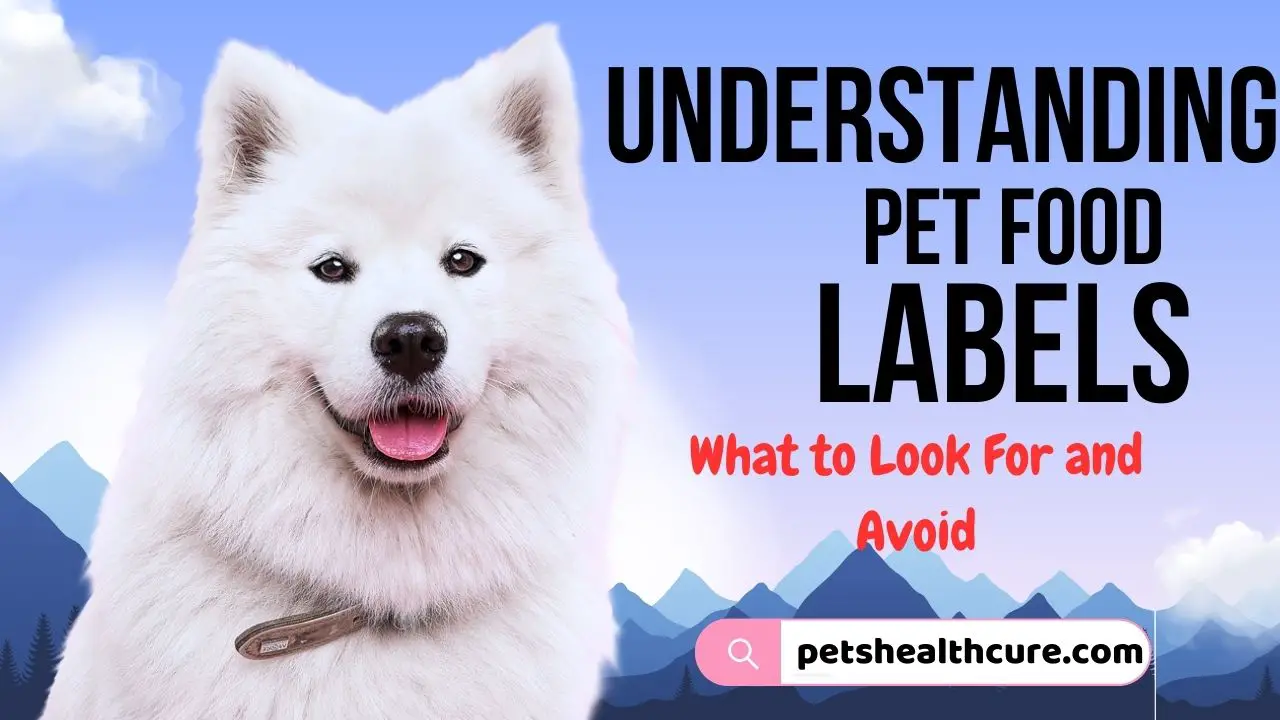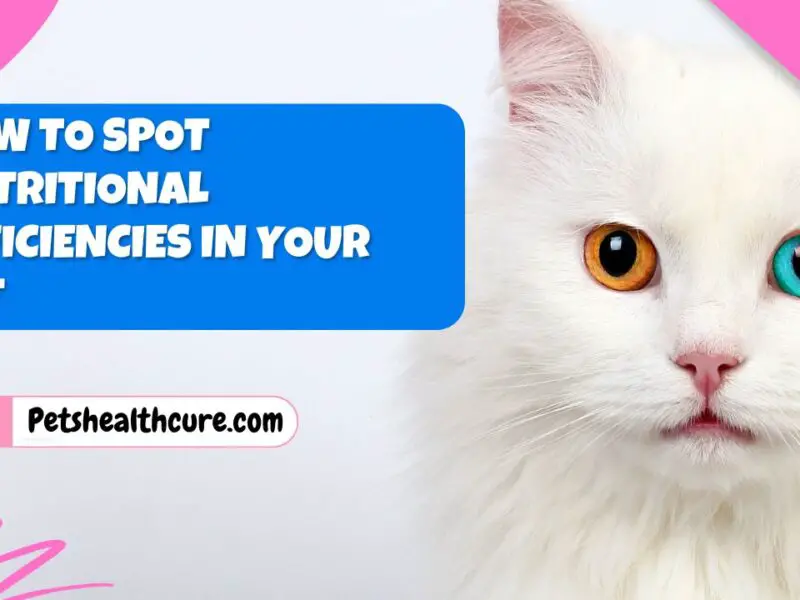Introduction
When it comes to ensuring your pet’s health and well-being, choosing the right food plays a pivotal role. However, deciphering pet food labels can be overwhelming due to the abundance of information and technical jargon. This guide will help you understand how to navigate these labels effectively, what to look for, and what to avoid. So lets and Understanding Pet Food Labels: What to Look For and Avoid
The Importance of Understanding Pet Food Labels
Pet food labels are more than just marketing tools—they provide critical information about the nutritional value, ingredients, and suitability of the product for your furry companion. Knowing how to interpret these labels ensures you’re making informed decisions that promote long-term health for your pet.
Key Components of a Pet Food Label
1. Product Name
The product name offers vital clues about the ingredients. Terms like “chicken,” “beef,” or “salmon” often indicate that the ingredient is a primary component. However, be cautious of phrases like “chicken flavor” or “with chicken,” as they may contain minimal amounts of the named ingredient.
2. Ingredient List
Ingredients are listed in descending order by weight. Focus on the first five ingredients—they often determine the food’s primary nutritional content. Look for:
- Named protein sources (e.g., chicken, turkey, lamb) as the first ingredient.
- Whole grains or complex carbohydrates for sustained energy.
- Avoid vague terms like “meat meal” or “by-products.”
3. Guaranteed Analysis
This section provides percentages of key nutrients such as:
- Crude Protein
- Crude Fat
- Crude Fiber
- Moisture
These values help assess the food’s nutritional balance, but they don’t indicate ingredient quality. Always refer to the ingredient list for more context.
4. Nutritional Adequacy Statement
Look for statements like “complete and balanced” or “meets the nutritional levels established by the AAFCO (Association of American Feed Control Officials).” This ensures the food meets your pet’s basic nutritional requirements.
What to Look For in Pet Food
1. High-Quality Protein Sources
Ensure the first ingredient is a specific meat like chicken, lamb, or fish. High-quality protein supports muscle growth and overall health.
2. Whole Grains and Vegetables
Complex carbohydrates like brown rice, sweet potatoes, or quinoa provide sustained energy. Vegetables add essential vitamins and fiber.
3. Healthy Fats
Healthy fats, such as omega-3 and omega-6 fatty acids, promote a shiny coat and support brain function. Sources include fish oil and flaxseed.
4. Natural Preservatives
Look for natural preservatives like vitamin E (tocopherols) or rosemary extract instead of artificial ones like BHA, BHT, or ethoxyquin.
What to Avoid in Pet Food
1. Artificial Additives
Avoid foods containing artificial flavors, colors, and preservatives. These ingredients may cause allergies or long-term health issues.
2. By-Products and Fillers
Animal by-products are low-quality ingredients that may include non-meat parts. Fillers like corn gluten meal or soybean hulls provide minimal nutritional value and are best avoided.
3. Excessive Salt and Sugar
High levels of salt and sugar can lead to obesity, diabetes, and other health problems in pets.
4. Unidentified Ingredients
Avoid generic terms like “meat meal” or “animal fat.” These can be sourced from multiple, low-quality origins and lack transparency.
Reading Labels for Special Dietary Needs
For Puppies and Kittens
Young animals require higher levels of protein, fat, and calories. Look for foods labeled specifically for “growth” or “all life stages.”
For Senior Pets
Older pets benefit from diets lower in fat and higher in fiber to support weight management and digestive health.
For Pets with Allergies
If your pet has food sensitivities, opt for limited-ingredient diets with novel protein sources like duck or venison.
For Overweight Pets
Look for “weight management” formulas that are lower in calories but high in protein and fiber.
FAQs
1. How Can I Ensure My Pet Food is High-Quality?
Look for brands with AAFCO certification and prioritize products with transparent, natural ingredients. Avoid artificial additives and vague ingredient terms.
2. Are Grain-Free Diets Better for Pets?
Not necessarily. While grain-free diets can benefit pets with grain allergies, most pets thrive on diets containing whole grains. Consult your veterinarian to determine the best option.
3. What is the Difference Between Wet and Dry Food?
Wet food has a higher moisture content, making it ideal for hydration and palatability. Dry food is more convenient and helps with dental health. A combination often works best.
4. Should I Rotate My Pet’s Food?
Rotating proteins and formulas can prevent food sensitivities and provide a broader range of nutrients. Transition gradually to avoid digestive upset.
5. How Can I Identify Low-Quality Pet Food?
Red flags include:
- Generic or vague ingredient names.
- High levels of fillers like corn or soy.
- Presence of artificial additives or excessive salt.
By understanding pet food labels, you can make informed decisions that cater to your pet’s nutritional needs. Always prioritize transparency, quality ingredients, and balanced formulas to ensure your furry companion’s health and happiness.


